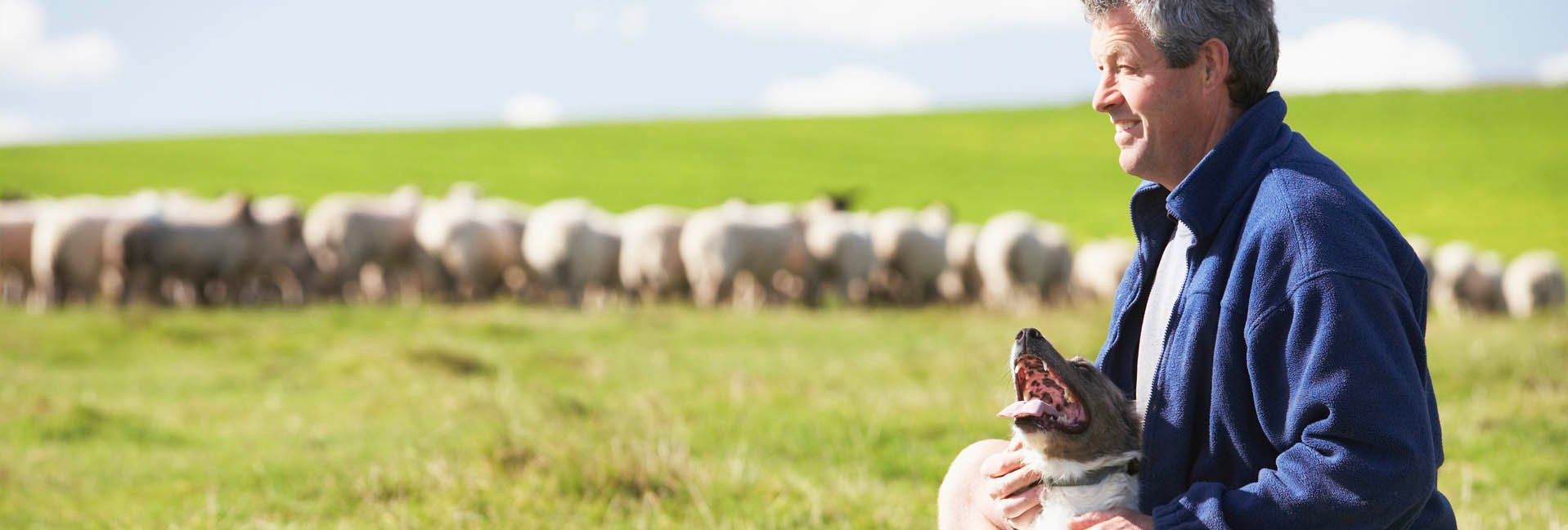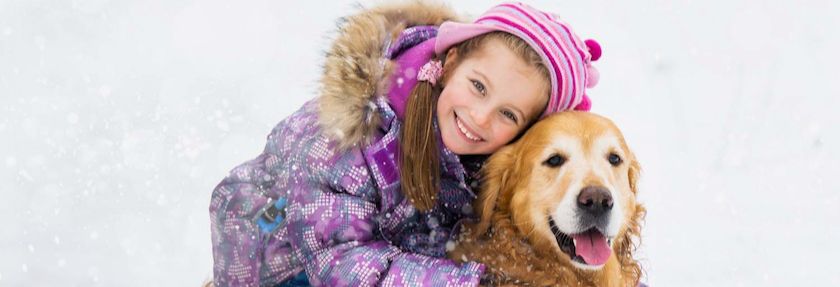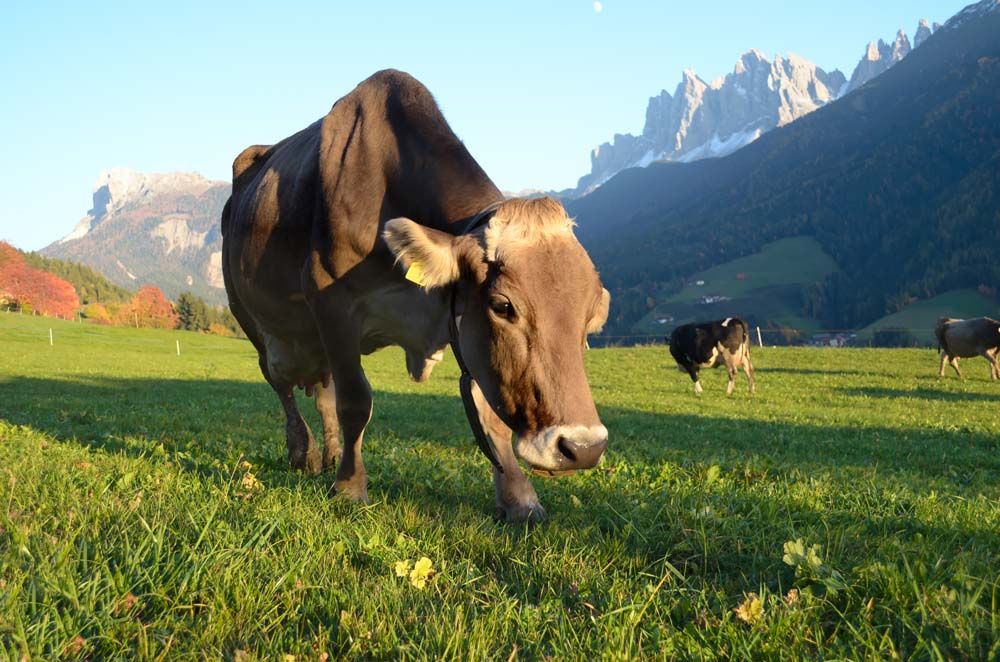‘Not On My Watch’ - A look at livestock guardian dogs


It’s an ancient and ongoing responsibility to protect our livestock from the dangers of bears, wolves, cougars, coyotes, raccoons, birds of prey, and many other predators. Over the centuries, farmers and herders have tried fencing, shelters, and even “keeping watch over their flock by night.” Another time-tested predator deterrent? A livestock guardian dog.
While you could sit up all night watching your livestock, odds are you probably have other ways that you’d rather spend your time. In that case, why not enlist the assistance of a devoted livestock guardian dog to help you protect your livestock from danger?
Fulfilling a need
In general, livestock guardian dog breeds tend to be substantial canines, usually approaching or exceeding 100 pounds, with height to match. Many also have special grooming needs due to their weather-resistant coats. The breeds tend to be independent, which is an important component of their work requirements, but it also means that these dogs may observe a situation and then act on it without waiting for your input.
Good fencing—both dig-proof and jump-proof—is paramount. In general, livestock guardian dogs can display an intimidating presence, especially around strangers—so they often make excellent general watchdogs for your property as well. They can be loyal family dogs, but usually require some supervision around children or other dogs, so consider this aspect when choosing a dog.
All in all, livestock guardian dogs can be a wonderful—and useful—addition to your farm, but you’ll definitely want to do your homework before acquiring one. And if you determine that your farm just wouldn’t be complete without your own version of the Warner Brothers cartoon “sheepdog,” (“Hiya Ralph.” “Hi Sam.”) then you have plenty of options!
Here’s a quick look at four well-known livestock guardian dog breeds.
Great Pyrenees
Developed in and named after the Pyrenees mountain range situated between France and Spain, the Great Pyrenees is a very capable livestock guardian dog, athletic and sturdy.
According to the American Kennel Club’s The Complete Dog Book, the Great Pyrenees “...possesses a keen intelligence and a kindly, while regal, expression.” But be aware: these dogs have high grooming needs due to their voluminous, weather-resistant double coats.
Like many livestock guardian dogs, Great Pyrenees do their fair share of barking (some even bark more at night), but this is, of course, desirable in a guardian dog. They are very friendly and loving with their close family members—including children—but may be wary of strangers, so early socialization is important. But if you’re looking for a loyal dog that will proudly defend your other animals, the Great Pyrenees may be just what you’re looking for.
Maremma Sheepdog
Similar in looks and build to the Great Pyrenees (it was in fact used as breeding stock during the development that breed), the Maremma sheepdog is a breed dedicated to work. Hailing initially from Italy, the all-white Maremma sheepdog was originally intended to watch over and protect flocks of sheep, primarily from wolf attacks. In fact, the Roman agricultural expert Colummela wrote 2,000 years ago that a white sheepdog was preferable because it was easier to distinguish from a wolf at a distance.
The Maremma sheepdog isn’t usually kept as a pet—Maremmas want and need livestock to live with and protect. In many cases they seem to truly enjoy being with and living near their livestock. This doesn’t mean that the Maremma can’t be a part of your family, but it needs a job, too.
Anatolian Shepherd Dog
Despite the “shepherd” label in its name, the Anatolian Shepherd Dog doesn't have much in common with herding breeds; instead it is actually a complete livestock guardian dog. Originating in Turkey, and still very much in use there for guarding flocks of sheep, the Anatolian Shepherd Dog is a very large breed, with males capable of approaching 150 pounds and females reaching nearly that size. It is a powerful breed, independent, territorial, and ready to defend its livestock when a threat is perceived.
Like other livestock guardian dogs, Anatolian Shepherd Dogs may need early socialization to help them understand not to be wary of new people. They possess some of the “sight” traits found in sighthounds, which likely make up a percentage of their heritage.
Komondor
Besides its imposing general physical size and build, the Komondor is immediately recognizable by its signature “corded” coat which develops as the dog ages. The coat serves multiple purposes including camouflage, shelter from weather, and protection from predators. But don’t think that this Hungarian breed’s unique outward appearance is all it has to offer. This is a fearless, loyal dog with a calm and controlled personality when at ease, yet capable of being swift-footed and determined when defending its livestock.
More Livestock Guardian Dogs
Looking for more options? Check out these additional livestock guardian dog breeds:
• Akbash
• Puli
• Tibetan Mastiff
• Spanish Mastiff
• Kangal
• Kuvasz
Tags:Country Critters

Acreage Life is part of the Catalyst Communications Network publication family.
















